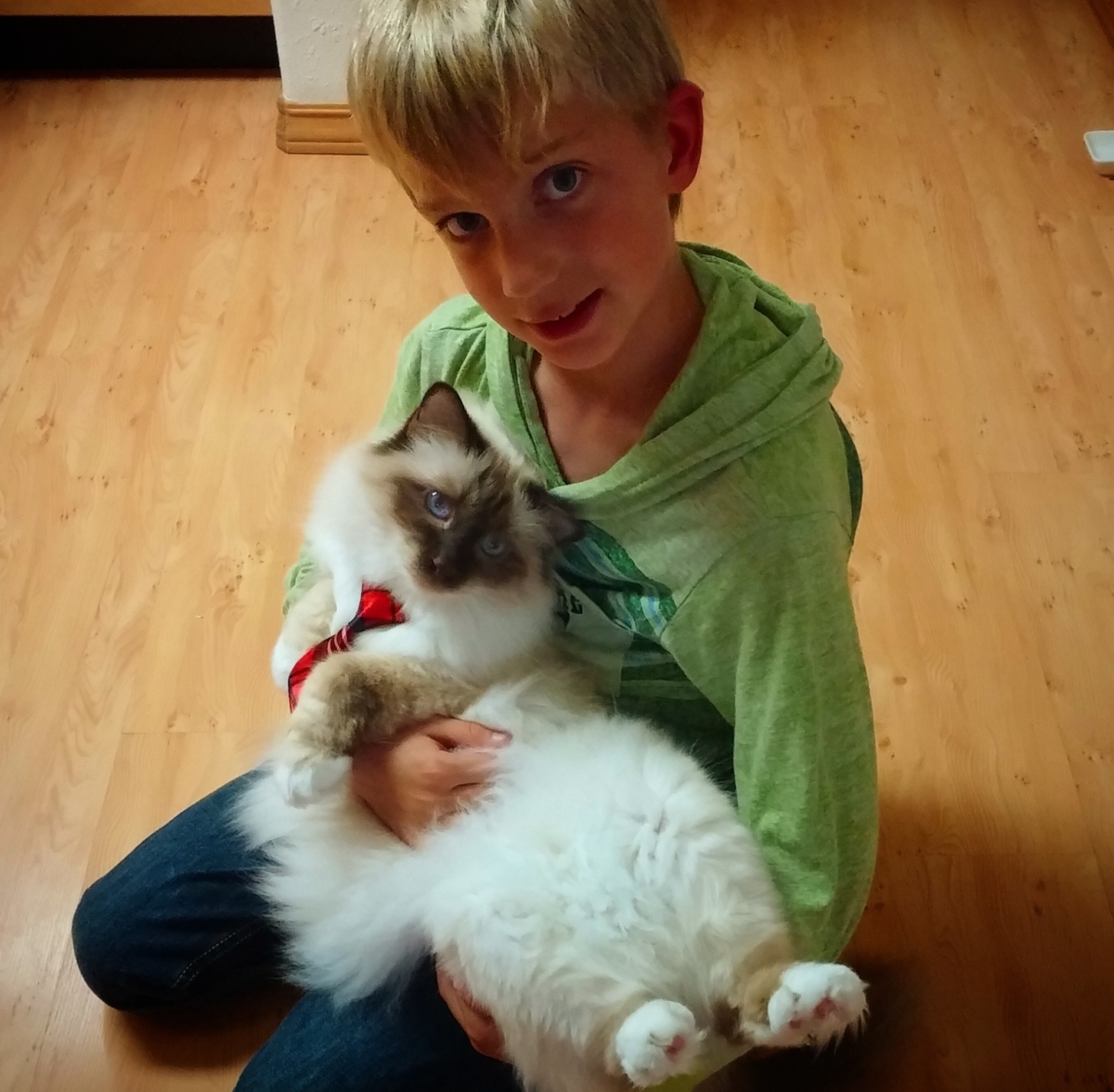Revised Jan 2019 and Jan 2024
I want to take a moment to thank Alley Cat Allies for contributing this guest blog post. As many of you know, they are a leading voice in the U.S. to help end pet homelessness and to spread life-saving TNR programs here and around the world. They’re a 4-star charity on CharityNavigator.com – if you’re thinking of supporting a great cat-welfare organization, definitely consider them!
By Rebekah DeHaven, Senior Attorney and Associate Director of Humane Law and Policy at Alley Cat Allies
HELP COMMUNITY CATS THIS WINTER. WATCH THE EASY DO-IT-YOURSELF VIDEO TO BUILD AN OUTDOOR WINTER CAT SHELTER
Feel a chill in the air? Winter doesn’t start until December 21, but it’s never too early to help cats—whether they’re indoor-outdoor, outdoor-only, stray, or feral cats—prepare for the frigid temperatures ahead.
Cats are resilient and can live in all kinds of weather conditions and climates. But a little extra help can go a long way to making cats more comfortable outdoors.
Follow these winter weather tips from Alley Cat Allies, the only national advocacy organization dedicated to the humane treatment of cats, to keep your cats warm and healthy.
Tip #1. Give cats shelter from the cold.
While some cats find their own shelter, it’s a good idea to provide alternatives so that cats always have somewhere warm to hang out. You can buy shelters online, but it’s also very easy and affordable to build them yourself. Make it a fun activity for your friends and family! Check out our new do-it-yourself shelter video.
Cat Tips: DIY Cat Shelter
See how you can build an outdoor shelter for cats-it’s easy, cheap, and your feline friends will love it! Full instructions: www.alleycat.org/resources/how-to-build-an-outdoor-shelter EDIT: We suggest keeping the shelter in a safe, outdoor location. If you are worried about predators, you can cut another set of holes as an exit.
Don’t wait to provide shelter—it can take time for cats to begin using something new. And don’t forget to insulate shelters against moisture as well as cold. To do this, use straw—it’s cheap, easy to find, and does the job well. You can get it at your local pet supply store or garden center. Quick tip: Straw keeps moisture out, hay does not. If you already have shelters built, it’s important to refurbish them with new bedding—the cats will appreciate the fresh straw.
Ideally, shelters should be elevated off the ground, but if that’s not possible, then be sure to clear snow away from shelter entrances and exits so the cats don’t get snowed in.
Tip #2. Increase cats’ food and water amounts.
Cats need more food and water in the wintertime so they can stay warm and energized. Canned or wet food is a good option because it takes less energy to digest. Try to serve wet food in insulated containers so it won’t freeze. Dry food also works—and won’t freeze!
To prevent dehydration, give cats fresh water two times a day if possible. If not, try to keep water from freezing by using deep bowls instead of wide ones and placing them in a sunny area. You can also purchase heated electric bowls (found in many pet shops). Quick tip: Do not put out hot water, it freezes faster.
Tip #3. A little precaution can save a cat’s life.
Many products used by people in the wintertime are deadly to cats. Be sure to keep antifreeze out of reach to cats, clean up spills, and use products made with propylene glycol, which is less toxic than the conventional products made with ethylene glycol. You should also avoid using salt and chemicals to melt snow. These can be lethal when licked off paws or ingested from melting puddles. They can also hurt a cat’s paw pads.
And don’t forget to check your car before you drive. Quick tip: Look between your tires and give the hood of your car a few taps before starting it to make sure a cat hasn’t hidden underneath or inside the engine for warmth.
Tip #4. You can spay and neuter cats in the winter—but use your best judgment.
Spaying and neutering community cats as part of Trap-Neuter-Return (TNR)—the only humane and effective approach to stabilizing community cat populations—is important during winter, which is the prime breeding season.
If you plan to do TNR in the winter, pick up trapped cats immediately. If it’s too cold for you, it’s too cold for cats to be in traps, exposed to the elements, for long periods of time. It’s also important to provide a warm holding area—you should keep traps covered and secured in a temperature-controlled vehicle or building, pre-and-post surgery.
Quick tip: Cats can’t regulate their body temperature while recovering from anesthesia so you’ll need to allow for a longer recovery time in the winter. Provide a temperature-controlled environment for this—a warm basement or bathroom works well. And ask your veterinarian to shave only a small area for spay/neuter surgery. This will help the cats stay warm by maintaining maximum fur coverage.
Remember, cats are hardy and well-suited to being outside. Cats love to explore the great outdoors, even in the wintertime. Keeping them indoors only is not possible for all cats—many cats would be unhappy inside. And for many cats, their home is the outdoors. Keep these tips in mind and you and your cats will have a safe and happy winter! More winter weather tips for cats here.
Rebekah DeHaven is Senior Attorney and Associate Director of Humane Law and Policy at Alley Cat Allies, the only national advocacy organization dedicated to the protection and humane treatment of cats.
